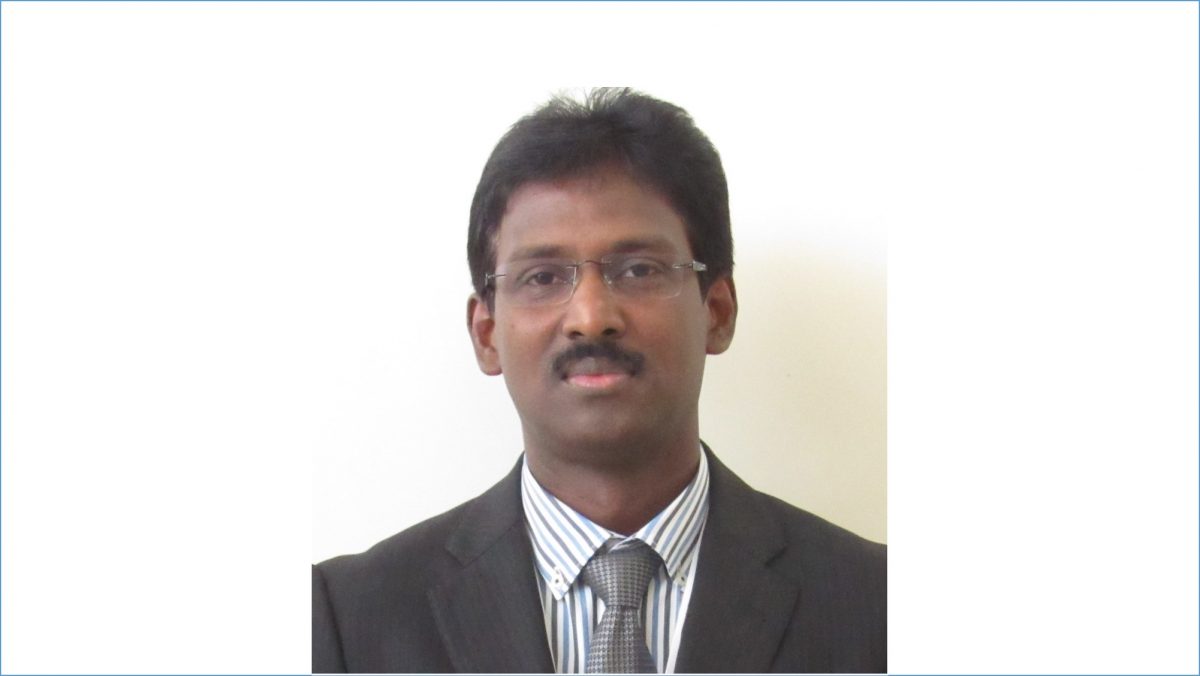“While organisations and people become more mindful of the realisation of carbon neutrality, it is causing significant pressure on the capacity of electricity storage systems.” – Vinod Raphael, Country Business Head, OMRON Device & Module Solutions.
Recognising the collateral concern that comes with carbon neutrality, OMRON introduces G9KB which plays a key role in encouraging renewable energy.
Manufacturing Today in conversation with Vinod Raphael, Country Business Head, OMRON Device and Module solutions Business Division, India aims to widen its knowledge of Carbon neutrality and further understand the workings of G9KB which focuses on the realisation of a decarbonized society.
With the launch of the new high voltage DC relay G9KB, you are one step closer to the OMRON mission: ‘ To improve lives and contribute to a better society,’ what are your views on the same?
It’s in sync with OMRON’s mission as it aims to contribute to energy optimisation. G9KB helps realise a decarbonised society by lowering the power consumption for energy-saving equipment. Recently, there has been a growing need for electricity storage systems to recognise carbon neutrality and enforce resilience in natural disasters. Therefore, the capacity of household storage batteries, which is aimed at the domestic consumption of the electric power generated by the solar power generation system, has been increasing. G9KB safely cuts off the direct current (DC), which runs in these systems during discharging and also plays a role in encouraging more use of renewable energy by downsizing products which helps in enhancing safety.
What inspired you to develop a technology, keeping in mind the increasing domestic use of electricity?
OMRON strives to create new solutions focusing on leading-edge devices and modules. These solutions are made available globally and aim to work towards the realisation of a decarbonised society through customers’ products and services. For G9KB, the sponsoring thought has been “Energy saved is energy produced”. While organisations and people become more mindful of the realisation of carbon neutrality, it is causing significant pressure on the capacity of electricity storage systems. OMRON strongly believes by expanding product line-ups with low power consumption for energy-saving equipment, we can further contribute to the cause. Also, low power consumption technology helps to downsize the systems (especially the batteries used in solar power generation systems), which is the need for the future, sturdier and safer domestic/industrial energy storage systems.
How is using G9KB different from the original method, and why should the use of G9KB be encouraged? How is it benefitting the customers?
OMRON has been developing a technology that connects and switches electricity safely and securely, and this high voltage DC relay G9KB is equipped with the same. By adopting the arc cut-off technology and the new 3D arc simulation technology created by industry-academia collaboration, the relay handles the charging of the electricity storage system, switching control and safe cut-off of the direct current, which runs during discharging. In the 3D arc simulation technology, OMRON has established a method to analyse the safe cut-off process of the high voltage DC and to reflect the analysis result to the component structure design. With these technologies, the compact high voltage DC relay, which securely and safely cuts off DC, also contributes to the downsizing and weight reduction of the customer’s products.
By introducing G9KB, how exactly is Omron contributing to the realisation of a decarbonised society?
It helps in lowering power consumption and downsizing solutions. The downsizing leads to the use of lesser components and compact sizes compared to other technologies—these help achieve more energy-efficient devices contributing towards decarbonisation.
How exactly does G9KB achieve downsizing and energy saving of customers’ products?
The larger the number of components in the system, the longer the time required for cooling the whole architecture. Plus, it also leads to the need for more accessories to enable the cooling system. The G9KB relay itself consumes less energy, and by avoiding other accessories total heat consumption of the solution is reduced.
Is Omron developing any technology that focuses on the high-capacity household electricity storage system and the small capacity households, which collectively adds weight to the globe’s non-renewable energy reserve?
Reducing carbon emissions has always been a significant focus area for the OMRON device and module solution business. We are continuously working on bringing newer technologies for the small-capacity household that will focus on the regular electric gadgets used in households. We will be sharing more about this in the near future.
